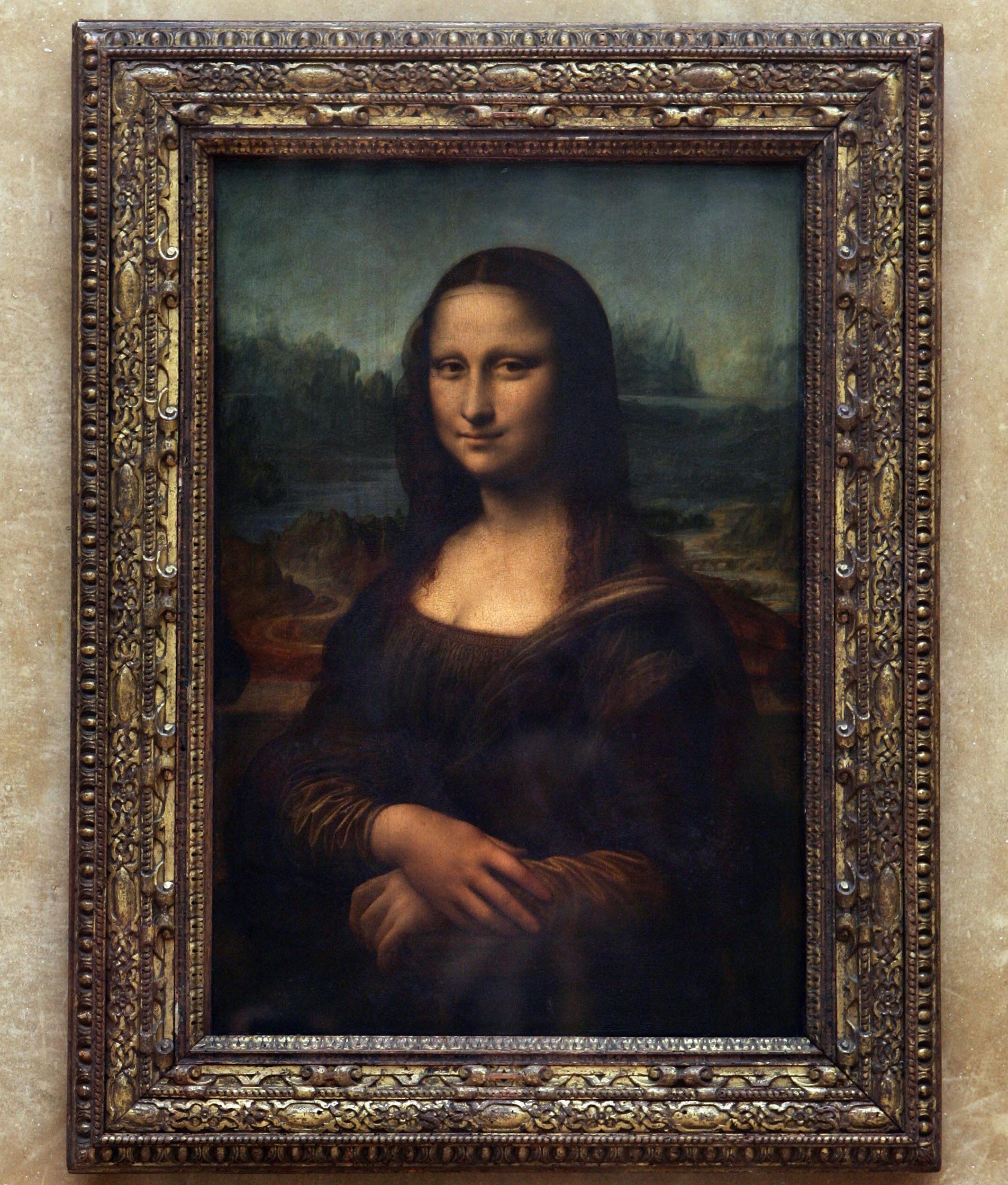The Mona Lisa, also known as La Gioconda or La Joconde, is one of the most famous and enigmatic paintings in the world. This painting, created by the Italian Renaissance master Leonardo da Vinci, has captivated audiences for centuries with its enigmatic smile and enigmatic subject. Despite being over 500 years old, the Mona Lisa remains one of the most enigmatic works of art in the world.
The History of the Mona Lisa
The Mona Lisa was painted by Leonardo da Vinci between 1503 and 1506. It was commissioned by Francesco del Giocondo, a wealthy Florentine merchant, as a portrait of his wife Lisa Gherardini. The painting was eventually acquired by King Francis I of France and has been part of the French royal collection ever since. Today, the Mona Lisa is displayed at the Louvre Museum in Paris and is considered one of the greatest masterpieces in the history of art.

The Significance of the Mona Lisa
The Mona Lisa is significant for several reasons. Firstly, it is one of the few paintings by Leonardo da Vinci that has survived the centuries in good condition. Secondly, it is a masterpiece of Renaissance art and represents the height of artistic achievement during that period. Finally, the Mona Lisa is significant because of the enigmatic smile and gaze of the subject, which has captivated audiences for centuries and has inspired countless interpretations and theories.

The Enigma Behind the Smile
The Mona Lisa’s enigmatic smile has been the subject of much debate and speculation. Some have suggested that the smile is a representation of happiness and contentment, while others have argued that it is a mask concealing a deeper sadness or melancholy. Still others have suggested that the smile is simply a reflection of the subject’s state of mind at the time of the painting. To this day, the true meaning behind the Mona Lisa’s smile remains a mystery.
The Techniques Used in the Mona Lisa
The Mona Lisa is a masterpiece of Renaissance art and represents the height of artistic achievement during that period. Leonardo da Vinci used several innovative techniques in the painting, including the use of oil paint, which allowed for greater detail and subtlety of expression. He also used a technique known as sfumato, which creates a hazy, atmospheric effect by blending colors and tones to create a soft, blurry effect.
Frequently Asked Questions
Who painted the Mona Lisa?
The Mona Lisa was painted by Leonardo da Vinci between 1503 and 1506.
Who was the subject of the Mona Lisa?
The subject of the Mona Lisa was Lisa Gherardini, the wife of Francesco del Giocondo, a wealthy Florentine merchant.
Where is the Mona Lisa displayed today?
The Mona Lisa is displayed at the Louvre Museum in Paris.
Why is the Mona Lisa significant?
The Mona Lisa is significant because it is one of the few paintings by Leonardo da Vinci that has survived the centuries in good condition, a masterpiece of Renaissance art, and because of the enigmatic smile and gaze of the subject.
What techniques did Leonardo da Vinci use in the Mona Lisa?
Leonardo da Vinci used several innovative techniques in the Mona Lisa, including the use of oil paint, sfumato, and blending colors and tones to create a soft, blurry effect.
Conclusion
The Mona Lisa remains one of the most enigmatic and captivating works of art in the world. Its history, significance, and the enigma behind the subject’s smile have inspired countless interpretations and theories. Despite being over 500 years old, the painting continues to captivate audiences and remains a testament to the artistic achievements of the Renaissance. Whether you are an art historian, an admirer of Leonardo da Vinci’s work, or simply someone who appreciates beauty and mystery, the Mona Lisa is a painting that is sure to leave a lasting impression.






















